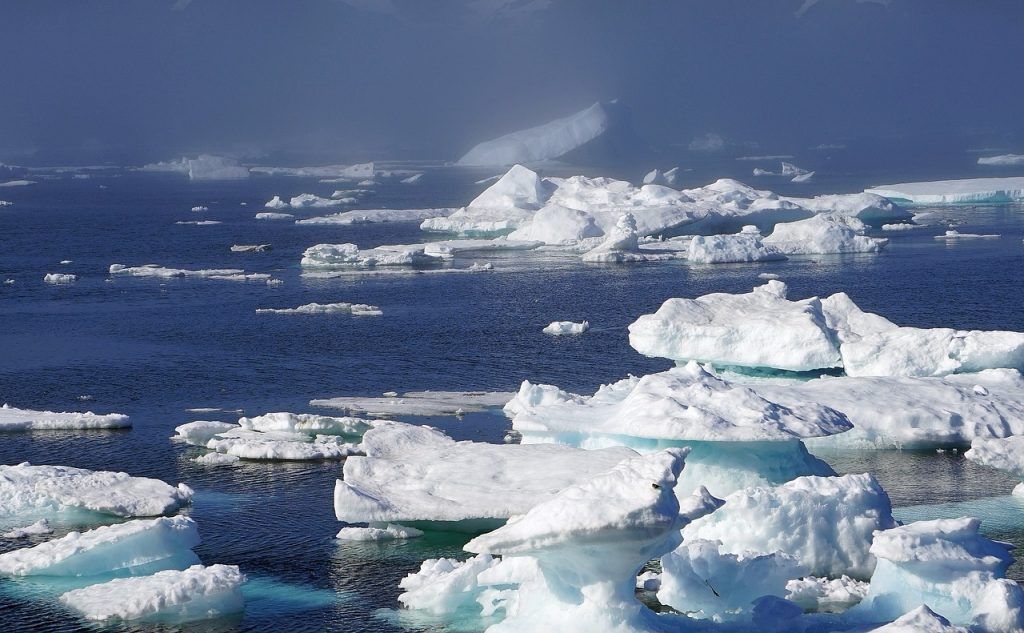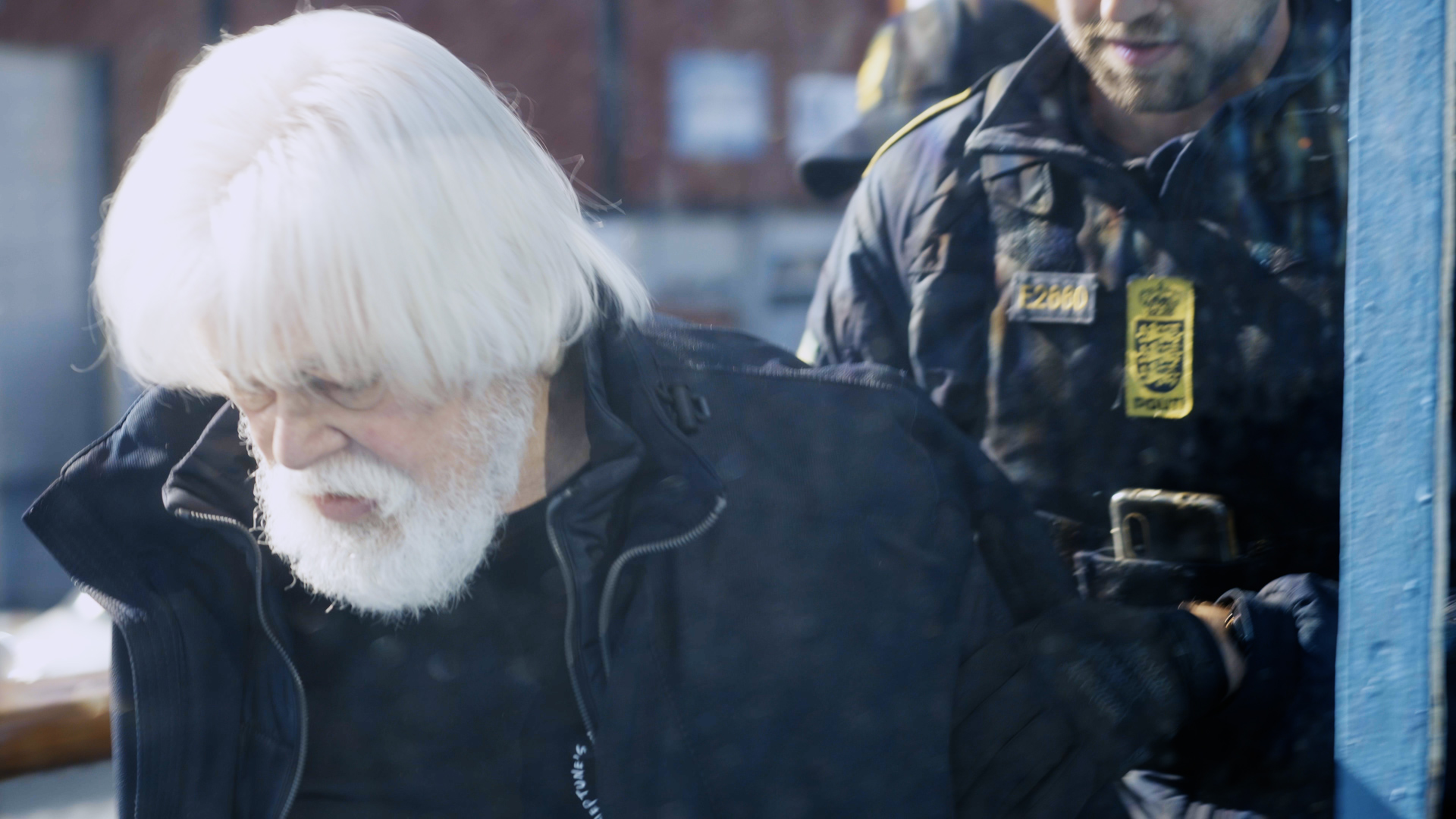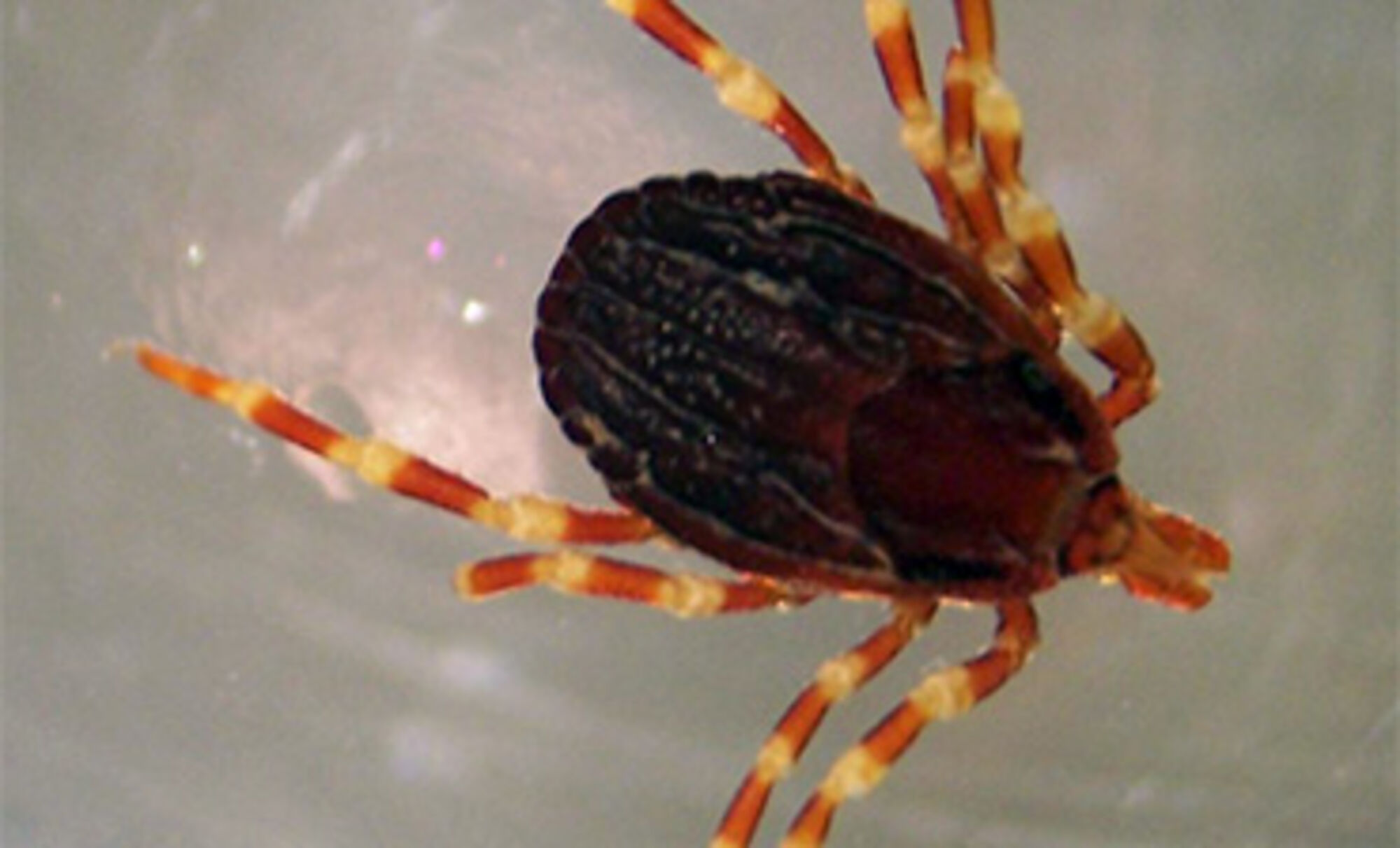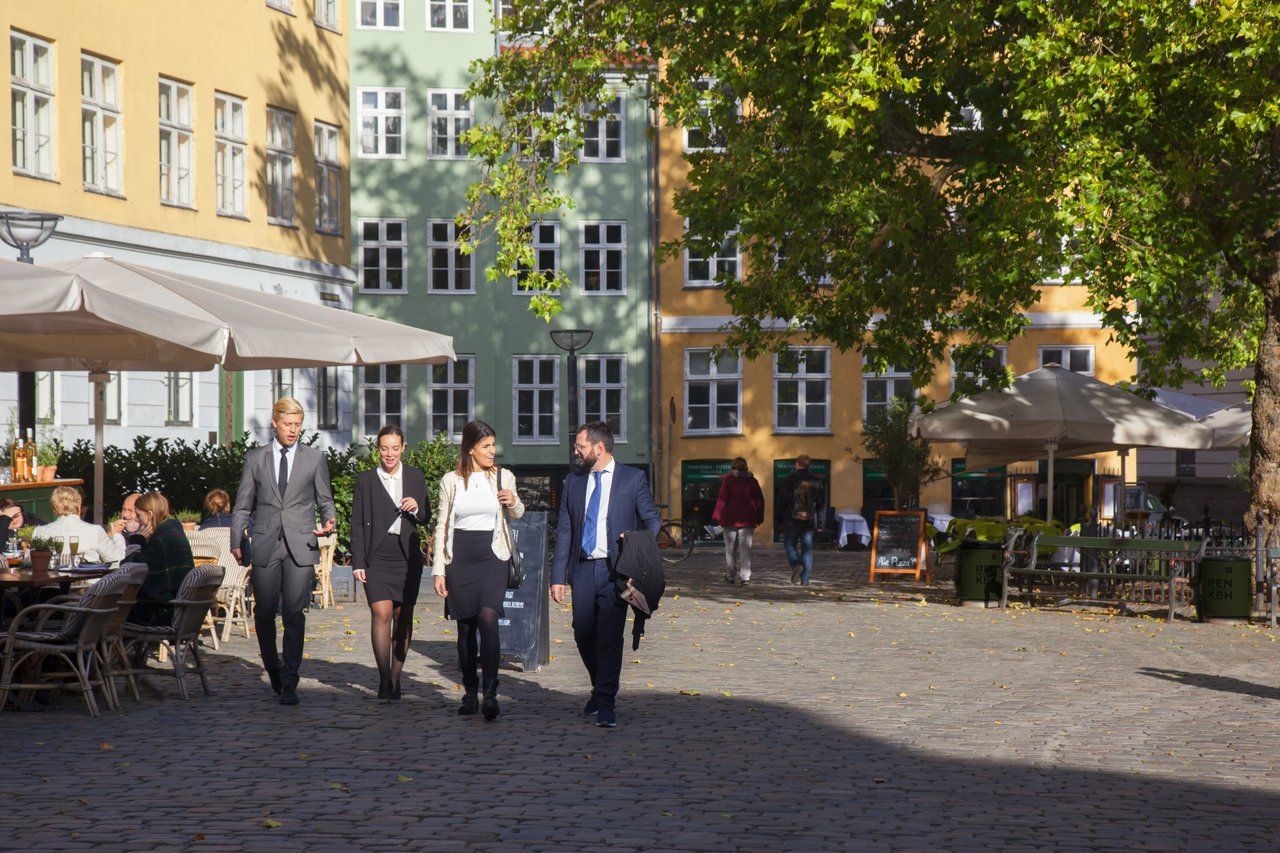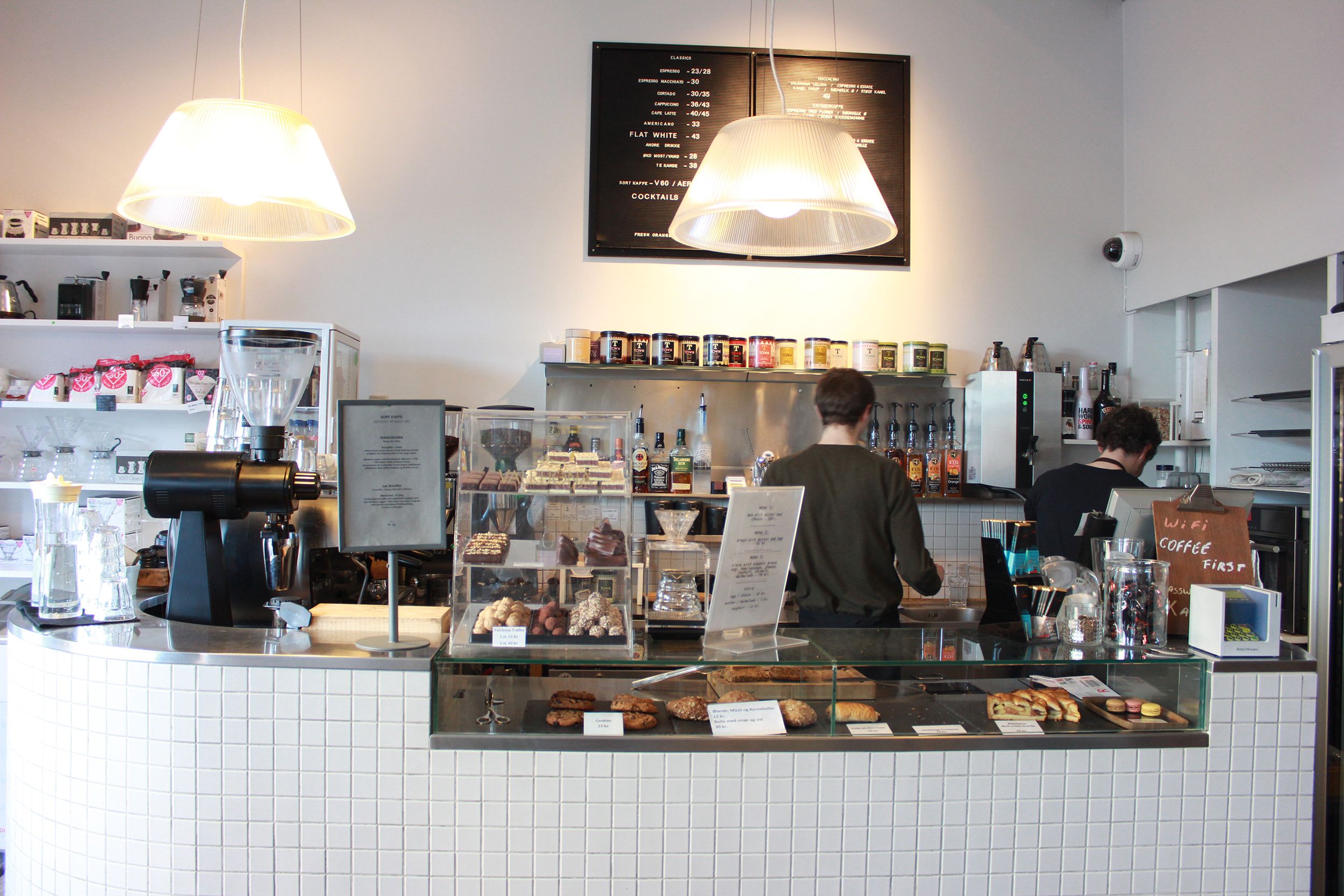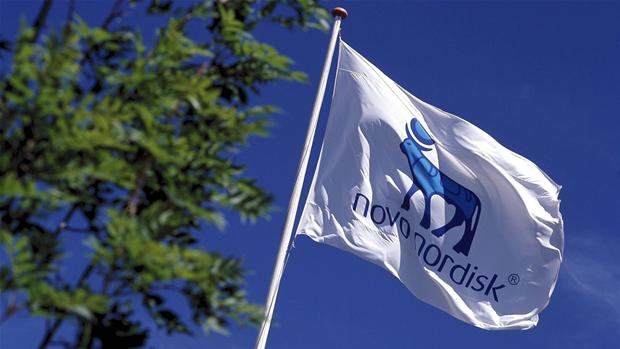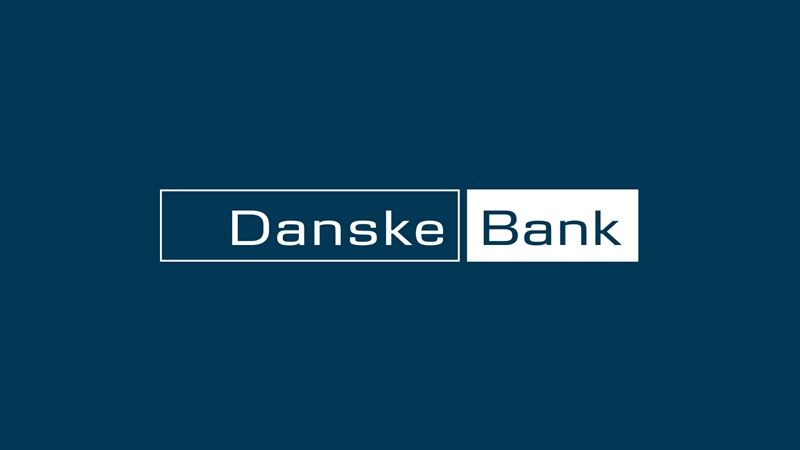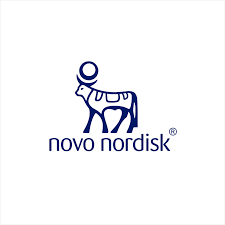Standing on a mere 1.8 hectares, La Pieve House is the smallest vineyard in the Montalcino region. But don’t let its petite size deter you – it is truly a treasure, nestled deep within the Tuscan countryside.
La Pieve House is located in the warm, dry district of Sant‘Antimo in the southernmost area of Montalcino. Wine Spectator stumbled across La Pieve in 2014 and was shocked to discover that this high-quality estate remained largely unknown to the public.
Applying a German mindset
For years, owner Robert Baumann has concentrated on producing wines that unite the area’s traditions, grapes and landscape – all with a “German mind-set.” From its humble beginnings, Baumann would prepare the wine at La Pieve House, before selling it to his friends and family back in Munich, where he resides for most of the year.
Baumann recruited the assistance of a talented German oenologist to focus on producing wines that are fruity and full to taste – drawing far away from Montalcino’s traditionally dry and ‘tasteless’ creations. In comparison to Montalcino’s wilted and dusty wines, Baumann’s aim is to produce wine that tastes delicious, keeps well and is a pleasure to serve at the dinner table.
La Pieve House prepares three di fferent types of wine:
Rosso di Montalcino 2012, 1699,- for 6 bottles
An extemely drinkable red wine with a fruity quality and a distinct fullness integrated into the palate. The wine is fermented for one year in large wooden barrels, followed by half a year in the bottle before sale. With a low yield of 30 hl/ha, the wine sustains a density and intensity comparable to that of a great Brunello. (8,000 bottles produced)
Agave 2011, 799,- for 6 bottles
The Gave 2011 is a ‘classic’ innovation – a blend of the traditional Sangiovese grapes and Cabernet Sauvignon. It is fermented in stainless steel tanks and aged one year in small wooden barrels, followed by one year in the bottle before sale. It represents a palate that is both fresh and delicious, but also with a rich fullness and earthy aroma. Once again, this wine is very drinkable and durable. (1,200 bottles produced)
Brunello di Montalcino 2009, 1199,- for 6 bottles
A superb Brunello, this wine holds a wonderful depth and richness to it that is almost impossible not to like. It is fermented and aged in large wooden barrels for three years, followed by one year in the bottle before sale. It is harvested by hand and uses natural yeast in the process, ensuring a plush-mouth feel while retaining its juicy acidity. It is an outstanding amalgamation of the grapes, winemaking traditions and viniculture of the Montalcino region, and it is a durable wine that can be enjoyed over the next 10-15 years. (4,800 bottles produced)


